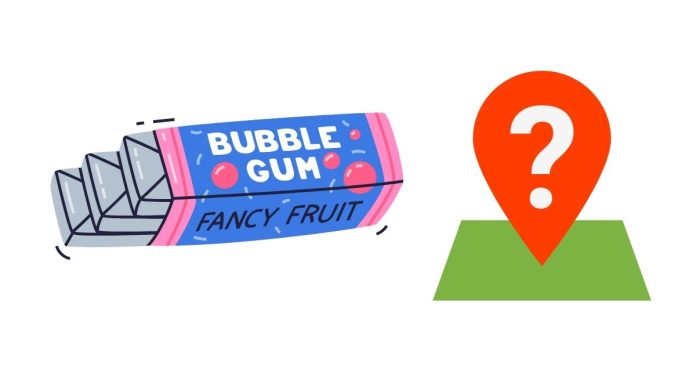Where Did the ‘Chew’ in Chewing Gum Originate From?
Chewing gum, a popular treat enjoyed worldwide, has a long history, but have you ever wondered where the “chew” in chewing gum actually originated from? The story behind it isn’t just about candy-making but a tale of ancient traditions and human innovation.
The Ancient Roots of Chewing Gum
Chewing gum’s origin can be traced back to ancient civilizations that used natural substances to chew on. The earliest form of chewing gum was made from tree resins, particularly spruce tree sap. This was the case in Native American cultures, who were known to chew on spruce gum long before it became a commercial product.
In Europe, the ancient Greeks chewed on mastic, a resin from the mastic tree, while the Mayans and Aztecs of Central America enjoyed chewing chicle, a sap derived from the sapodilla tree. These natural resins were often used for their refreshing qualities and for their ability to help clean teeth.
The Evolution of Modern Chewing Gum
The true modern form of chewing gum, however, came into being in the 19th century. In the early 1800s, a man named John B. Curtis commercialized “The State of Maine Pure Spruce Gum,” which was an early version of chewing gum made from the sap of spruce trees.
But it wasn’t until the discovery of chicle, brought back from Mexico by American businessman Thomas Adams, that chewing gum as we know it today took shape. Adams, originally attempting to use chicle for rubber production, found that it was an excellent material for creating a chewable substance. In 1871, he patented a process to turn chicle into chewing gum, and the rest is history.
From Natural Resins to Synthetic Chewing Gum
The “chew” in modern gum became synonymous with the act of massaging the jaw as it chews on a pliable material. While chewing gum’s main ingredient has evolved over the years, transitioning from natural tree resins to synthetic materials like butadiene rubber, the basic concept remained unchanged: gum is meant to be chewed, giving people something to do with their mouths while simultaneously offering a sweet treat.
Why Do We Chew Gum?
The act of chewing itself, particularly when paired with gum, has proven to have various benefits. From stress relief to improving concentration, chewing gum seems to activate certain brain regions that help in focus and relaxation. The texture of chewing gum, its stickiness, and its ability to be chewed without swallowing, make it a satisfying and timeless habit.
So, the next time you pop a piece of gum in your mouth, remember: the “chew” in chewing gum isn’t just about the candy—it’s about centuries of tradition, innovation, and human ingenuity that transformed simple tree sap into one of the world’s favorite pastimes.


